The main difference between an acidic primer and an acid-free one is their composition.
Acidic primers contain methacrylic acid, which opens the scales of the nail plate, making its surface slightly rough, which helps all materials used for modeling adhere securely. Although acidic and acid-free primers differ in composition, the acid-free primer, which does not contain methacrylic acid, also makes the nail surface rough. It is most commonly used in gel nail extensions. Let’s take a closer look at the features of both products and the specifics of working with them.
What is an acid-free primer?
An acid-free primer, or ultrabond, does not contain methacrylic acid. Its main component is a solvent, ethyl acetate. It belongs to the category of safe chemicals that do not cause allergies or harm the nails. Acid-free primers are considered universal as they are suitable for weak, brittle nails.
Features of acid-free primer:
It does not alter the acidity of the nail plate and does not cause nails to peel.
When in contact with the base coat, ultrabond does not change its color.
An acid-free primer is used to speed up the extension process.
It dries very quickly, making the modeling process slightly faster.
After drying, it leaves no residue on the nails. The nail plate feels slightly rough.
What is an acidic primer?
This primer contains toxic methacrylic acid. While it is classified as a toxic substance, in this product, it is diluted and does not pose a serious risk to nail health. Acidic primers, though, can damage thin or weak nails to some degree.
Features of acidic primer:
The acid gently opens the scales of the nail plate, making it ideal for securely bonding acrylic material with the natural nail.
It’s perfect for treating nail plates on hands that tend to sweat frequently. The acid also helps eliminate fungus on toenails during pedicures.
After drying, it leaves a white residue on the nails, indicating that the technician can continue work. It’s best to use this primer in a well-ventilated area. Apply the primer carefully in a thin layer as it softens the nail plate.
How to apply an acidic primer?
Though the acid content is minimal, it’s still better to use it cautiously. Open the bottle, dip the brush in the product, and tap off excess on the bottle’s edge. Touch the middle of the nail with the brush so the product spreads evenly. It’s important to apply only a little product but ensure the whole nail is covered. Dry the coating, and only proceed with applying the base once the nails are completely dry.
Both products “draw out” moisture from the nails and dissolve oils on the skin’s surface, making it an unsuitable environment for bacterial growth, thus preventing fungal infections under modeling materials. It’s not recommended to extend nails without using either acidic or acid-free primers.
Working with Acidic and Acid-Free Primers
Both products contain toxic substances, and while they may not damage the nail, inhaling methacrylic vapors is not safe. Therefore, technicians should use masks or respirators. Even though acid-free primer is considered mild, it should still be applied sparingly to avoid nail damage. Continue with the nail modeling process only once the primer is completely dry; otherwise, the coating will not adhere properly.
Which product to choose?
For home use, choose a product based on your nail type (brittle or strong, oily or dry). Professional technicians should have both types on hand to choose the one that best suits the client’s nails. You can purchase both types of primers from Affinity’s catalog, a brand known for professional nail modeling and design products.

 Eesti
Eesti Русский
Русский suomi
suomi

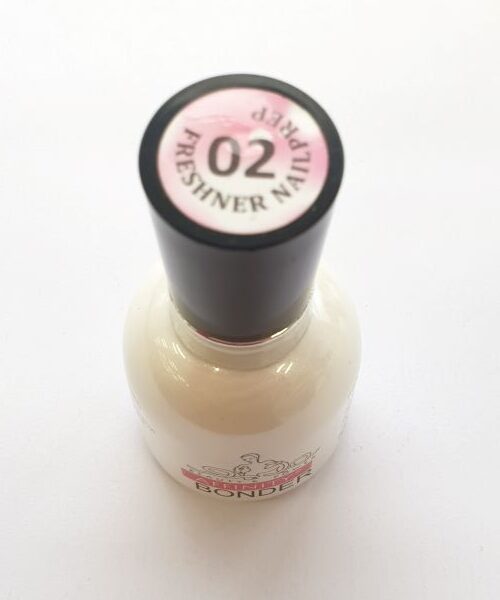
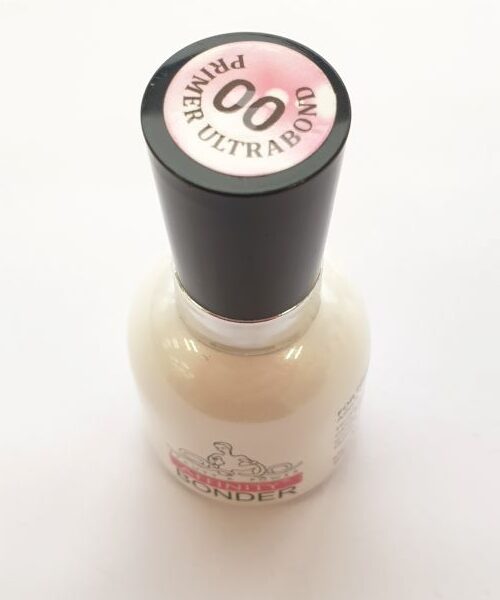
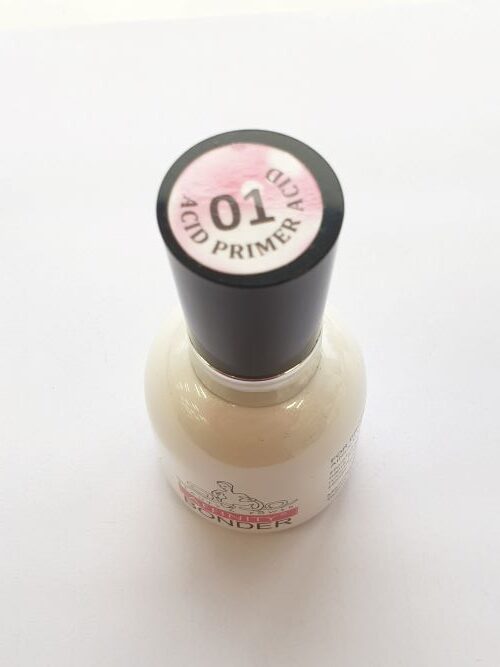
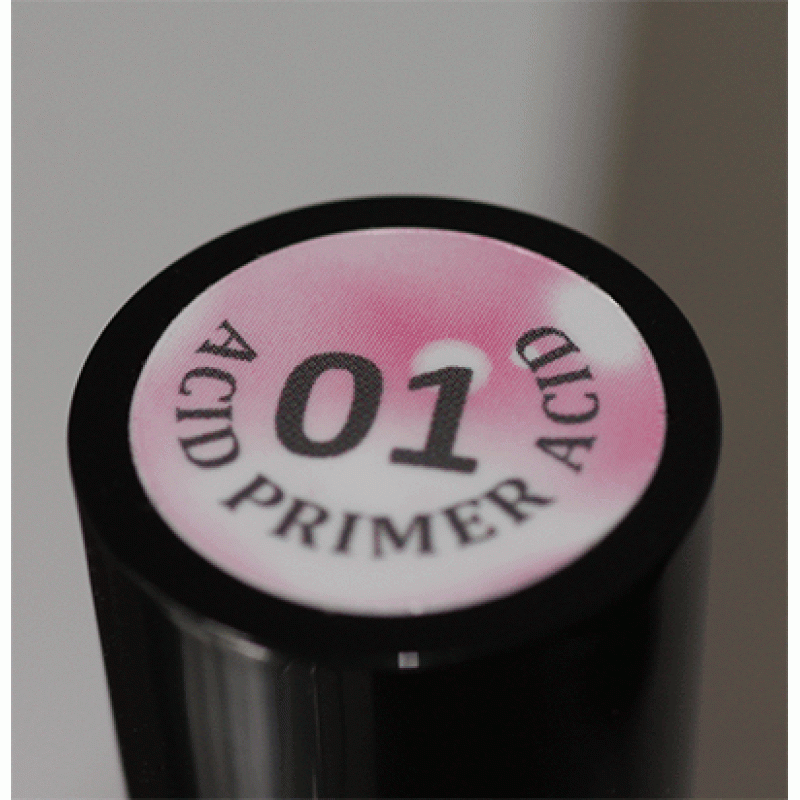
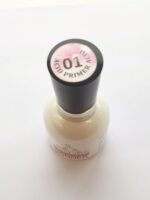
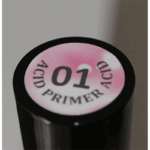
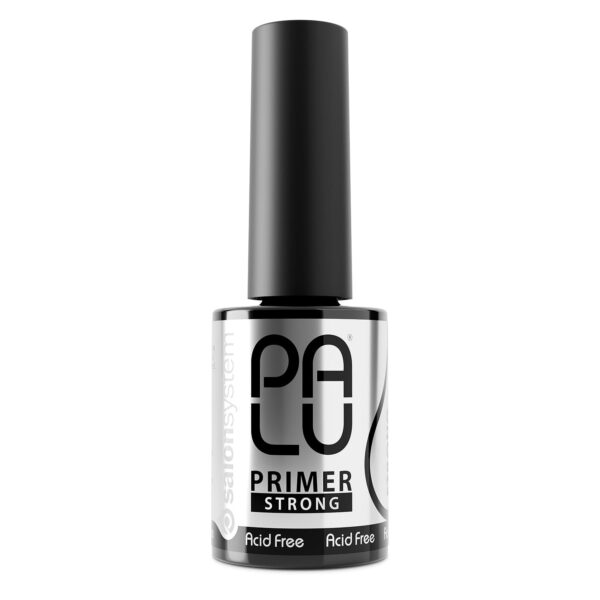
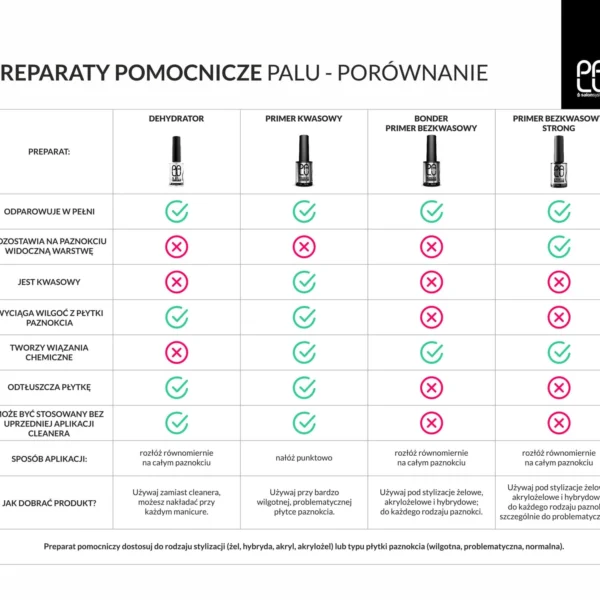
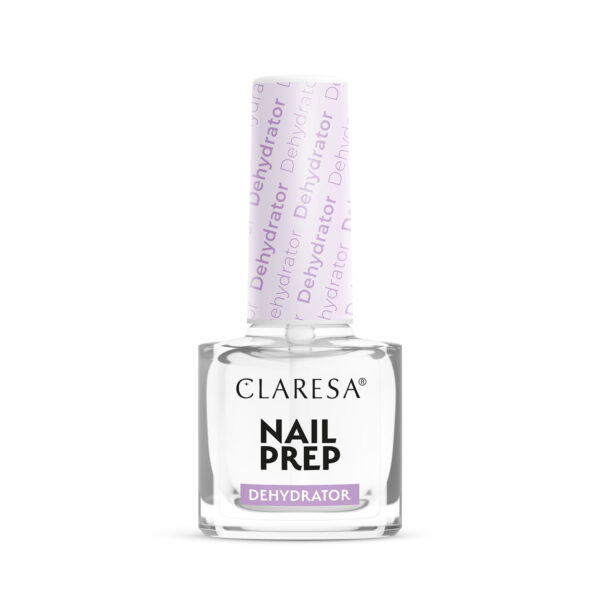
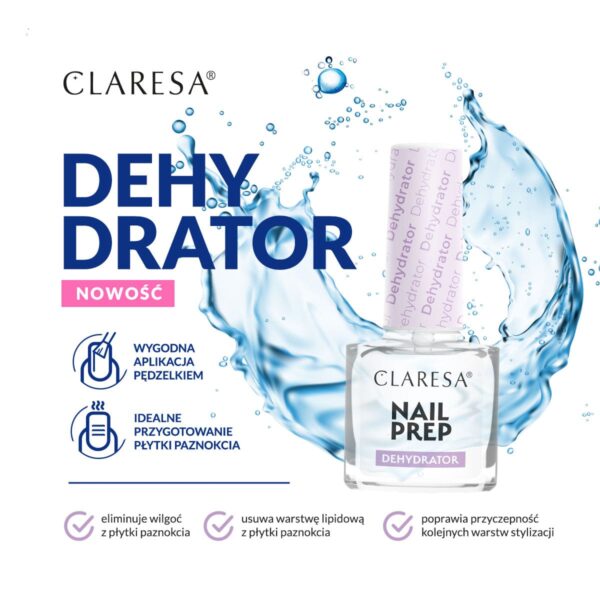
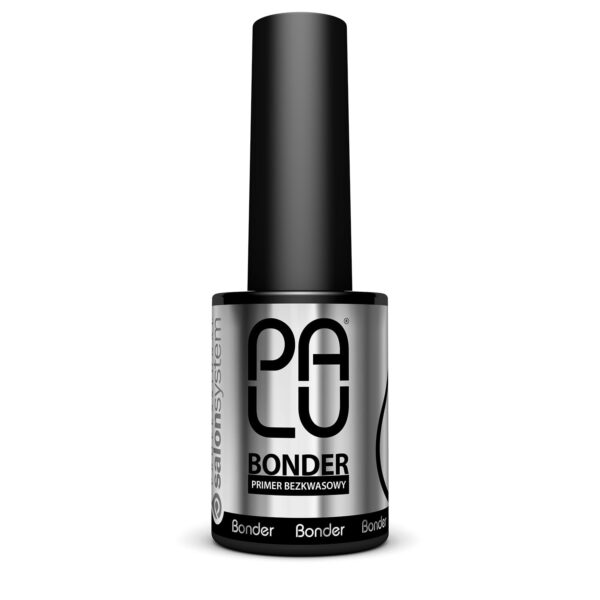
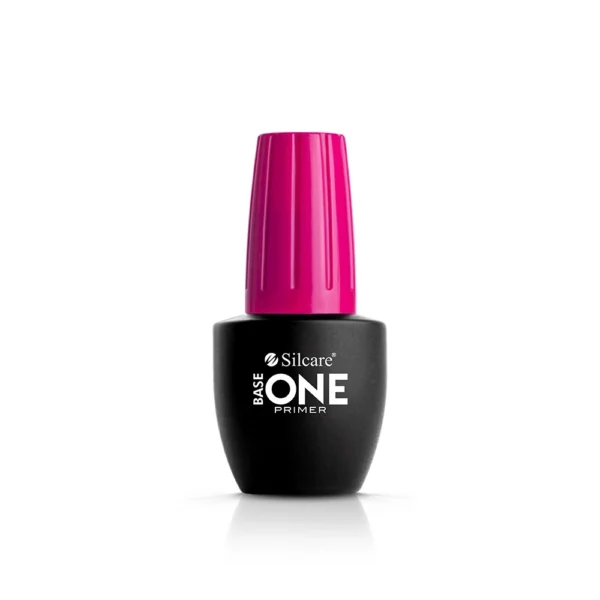
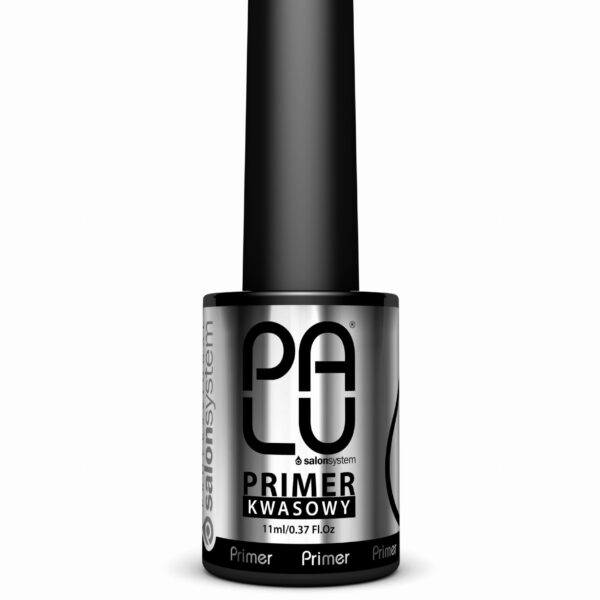
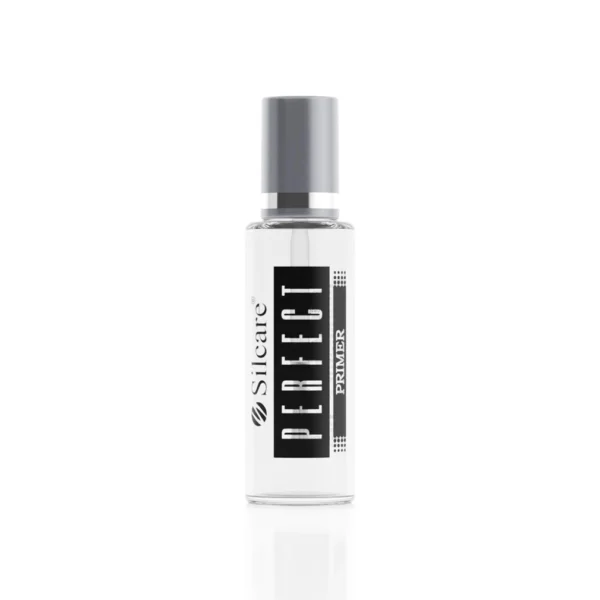
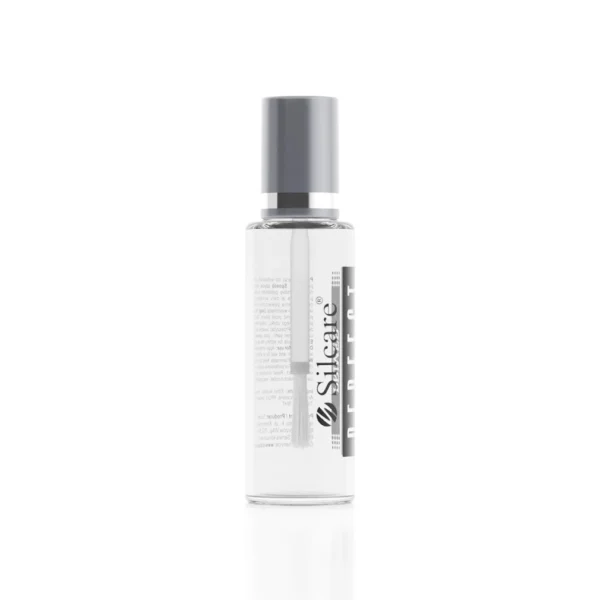
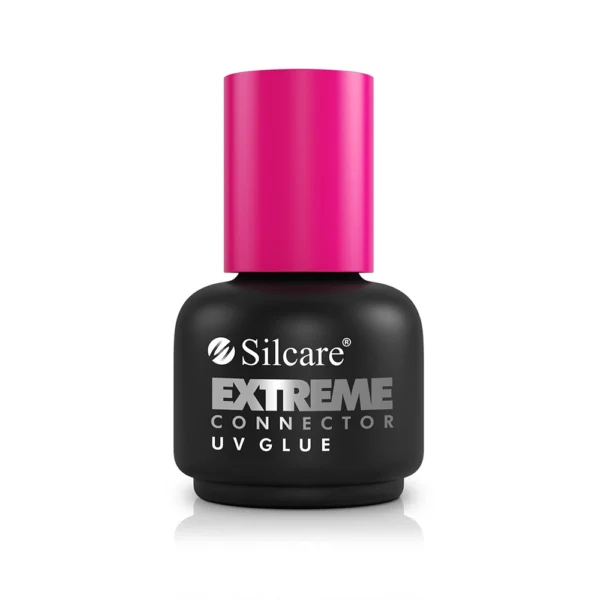
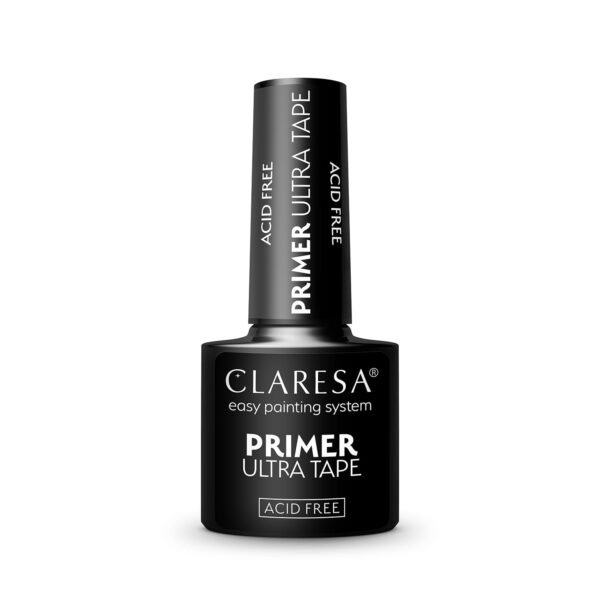
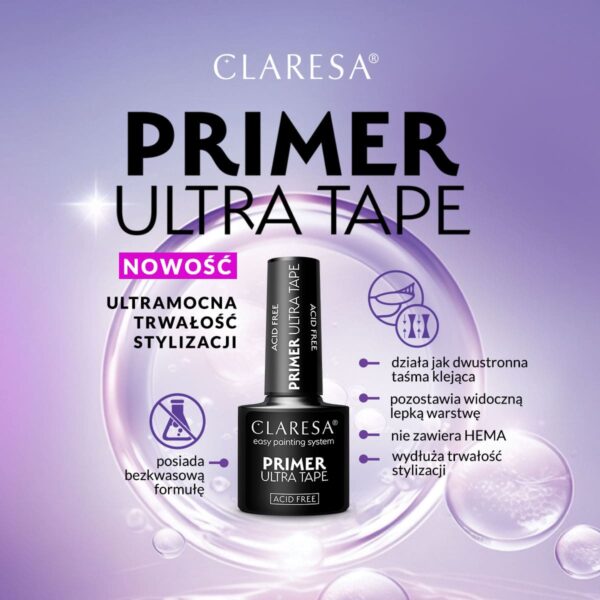
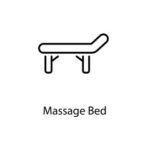 BEAUTY BED AND CHAIRS
BEAUTY BED AND CHAIRS
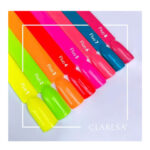 Gel-polish
Gel-polish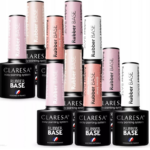 Gel polish base gels
Gel polish base gels Color gelpolishes
Color gelpolishes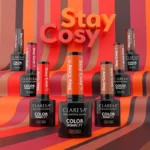 Сlaresa gelpolishes
Сlaresa gelpolishes Color collections
Color collections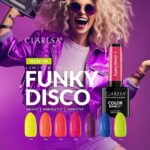 FUNKY DISCO
FUNKY DISCO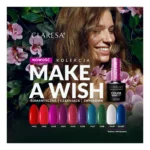 MAKE A WISH
MAKE A WISH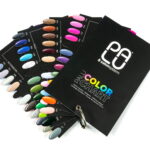 Palu gelpolishes
Palu gelpolishes